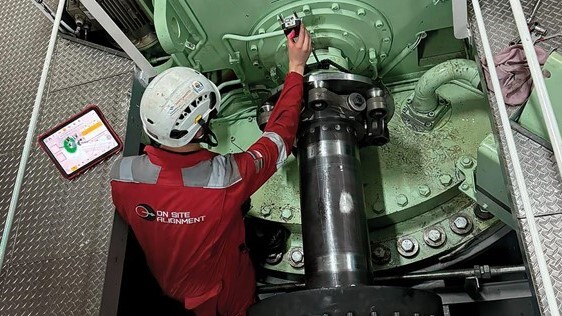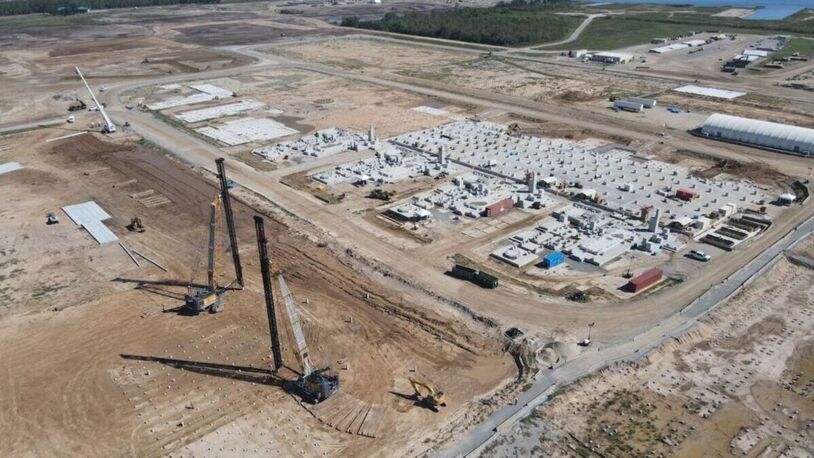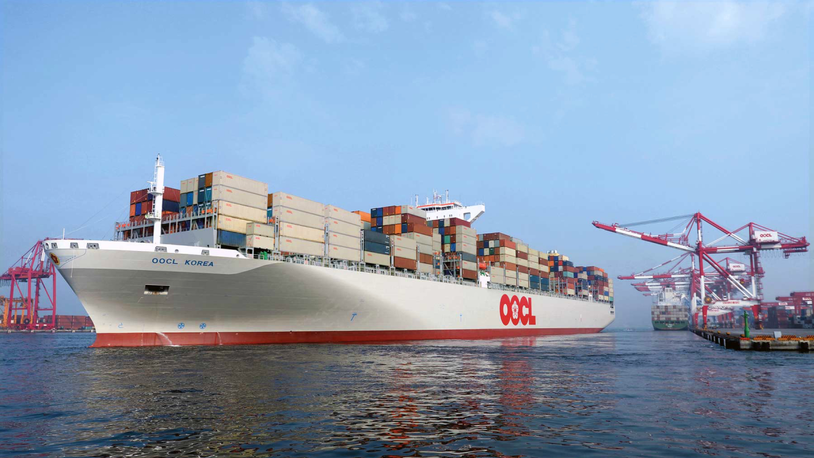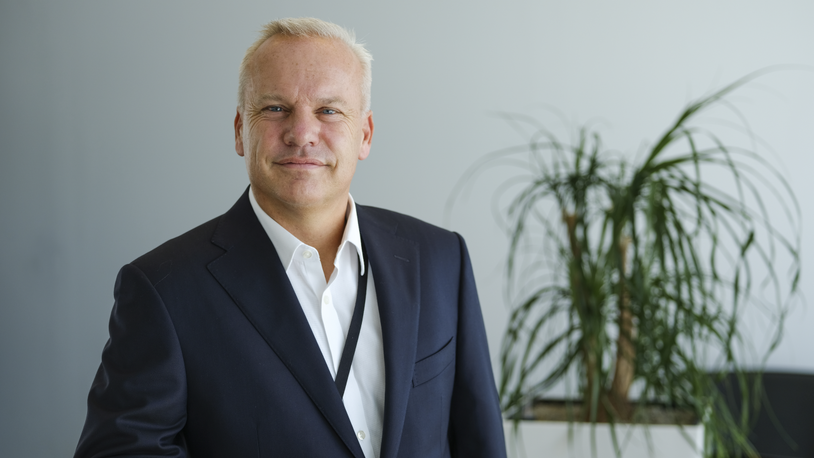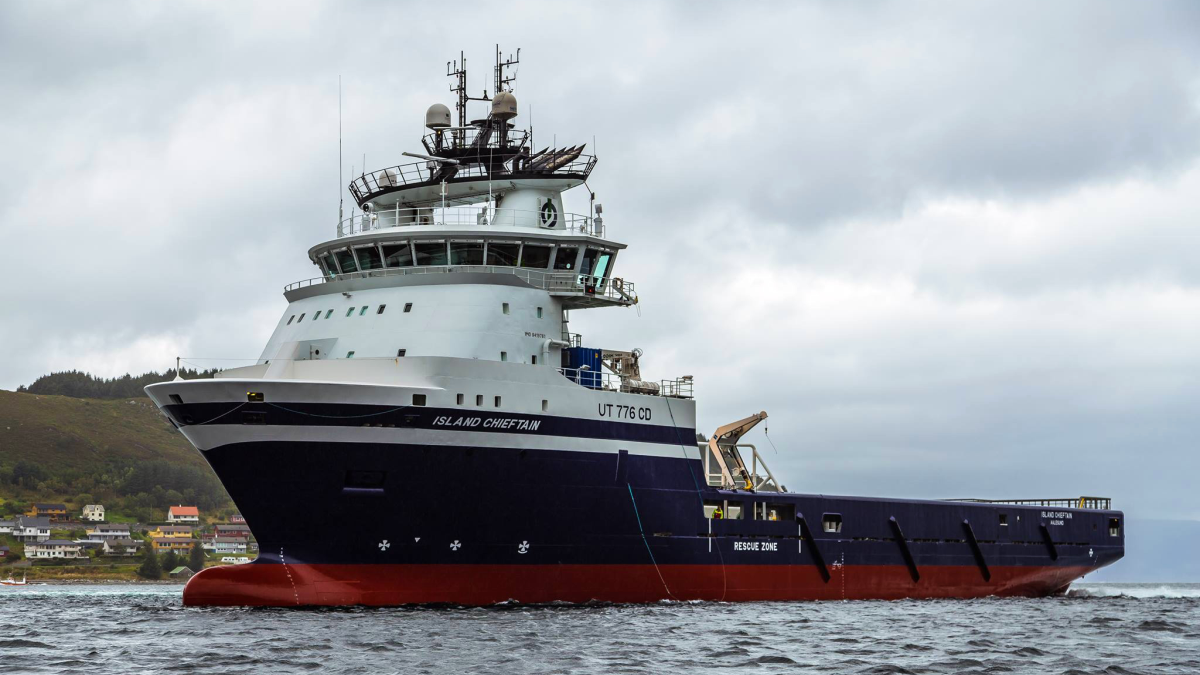Business Sectors
Events
Contents
Industry asks Erna for floating wind focus and sector deal
Companies in the offshore industry with an interest in floating wind have written an open letter to the Norwegian Prime Minister Erna Solberg asking her to urgently clarify the licencing conditions for floating wind projects in the country
The signatories to the letter asked the Norwegian Government led by Ms Solberg to make an announcement about two floating offshore windfarms in Norwegian waters, each of 500 MW, as soon as possible, and to ensure that a licence to build them is issued in 2020.
The signatories to the letter also want the government to develop floating wind policy in such a way that it addresses generation and use of renewable electricity, and develop a ‘sectoral agreement’ between the offshore wind industry and the authorities, inspired by the UK’s Offshore Wind Sector Deal. This deal should include goals and measures that ‘link exports, jobs, climate and energy,’ they said, noting that “Norway’s advantage is knowledge” and “a larger programme of research, innovation and supplier development in offshore wind should be established as soon as possible.”
The letter to Prime Minister Erna Solberg was also sent to Norway’s Minister of Petroleum and Energy, Tina Bru; Minister of Industry, Iselin Nybø; Minister for Climate and Environment, Sveinung Rotevatn; and to parliamentary leaders at the Storting (the Norwegian parliament), members of the Storting’s energy and environment committee, and members of the Storting’s finance committee.
The letter said "everything is ready" for Norway to capture significant positions in the fast-growing offshore wind market, “but a Norwegian offshore wind adventure does not happen by itself, and it must be acted upon quickly by the political authorities.
“Policy must stimulate industry to develop entire value chains for offshore wind in Norway, from production and installation to use of electricity,” said the letter, published by the Norwegian Offshore Wind Forum.
“We who sign this letter ask the government to clarify licencing and framework conditions by the summer of 2020 and to make an announcement about two full-scale floating offshore windfarms on the Norwegian shelf as soon as possible, with the aim of granting a concession in 2020.”
The authors of the letter said doing so “will be a natural continuation of a policy that provided a green light for the development of the Hywind Tampen project, as well as proposals for opening the Utsira North and Southern North Sea II areas for offshore wind.”
The letter said getting started on specific projects will also be in line with the Storting’s request of 31 March 2020 in which parliament asked the government to prepare financing models for the development of floating wind projects in Norway in time for the state budget for 2021.
“Building new value chains for offshore wind in Norway is not as straight forward as in our neighbouring countries, which need much more renewable energy to be able to phase out coal and gas power plants,” the letter said.
“With almost 100% renewable electricity production and low electricity prices, it is not as obvious that electricity from Norwegian offshore wind should be fed directly into the grid.
“In our opinion, a Norwegian offshore wind announcement should therefore not only cover the production stage, but also cover the entire value chain,” said the companies involved in drafting the letter.
They went on to say that and industry-oriented policy instrument with sufficient capital is needed that would drive the development of floating wind projects and identify potential end users.
These include oil platforms (as in Hywind Tampen), new onshore or offshore industries, the production of green hydrogen and or ammonia as fuel and storage facilities for both. “It is also conceivable to send power directly from a Norwegian offshore windfarm to the continent,” the letter said.
“It usually takes 4-7 years from plans being developed to an offshore windfarm being built. If Norway is to have industrial aspirations in floating wind, we must think big. Starting two full-scale floating offshore windfarms, with associated value chains, would be an important start.
“Norway is well positioned in terms of technology development in floating offshore wind. If Norway is to secure a leading position in this market and build strong Norwegian supply chains, Norway must also lead the industrialisation of floating offshore wind. Norway should position itself for international growth in offshore wind, and especially in floating installations.”
Riviera will host a week of free to attend 45-minute webinars focused on offshore wind commencing 8 June. Register your interest now
Related to this Story
Events
Maritime Environmental Protection Webinar Week
Cyber & Vessel Security Webinar Week
The illusion of safety: what we're getting wrong about crews, tech, and fatigue
Responsible Ship Recycling Forum 2025
© 2024 Riviera Maritime Media Ltd.

